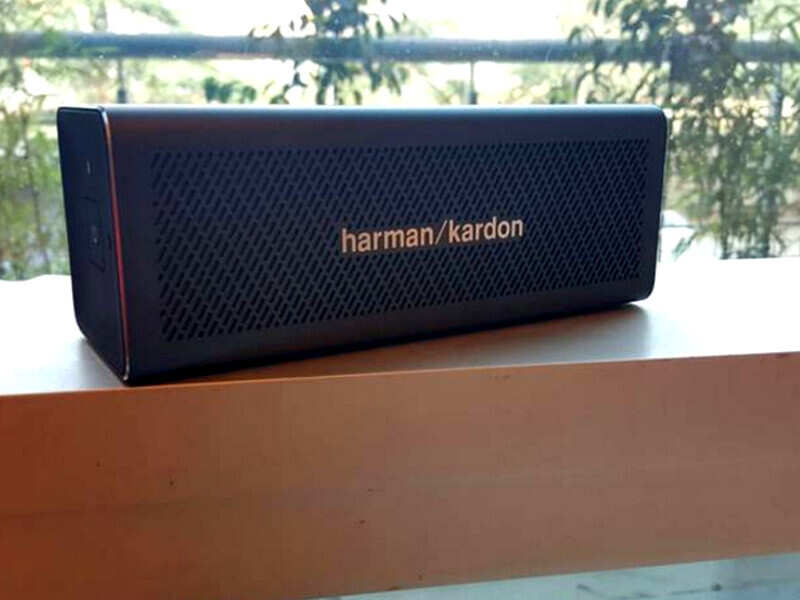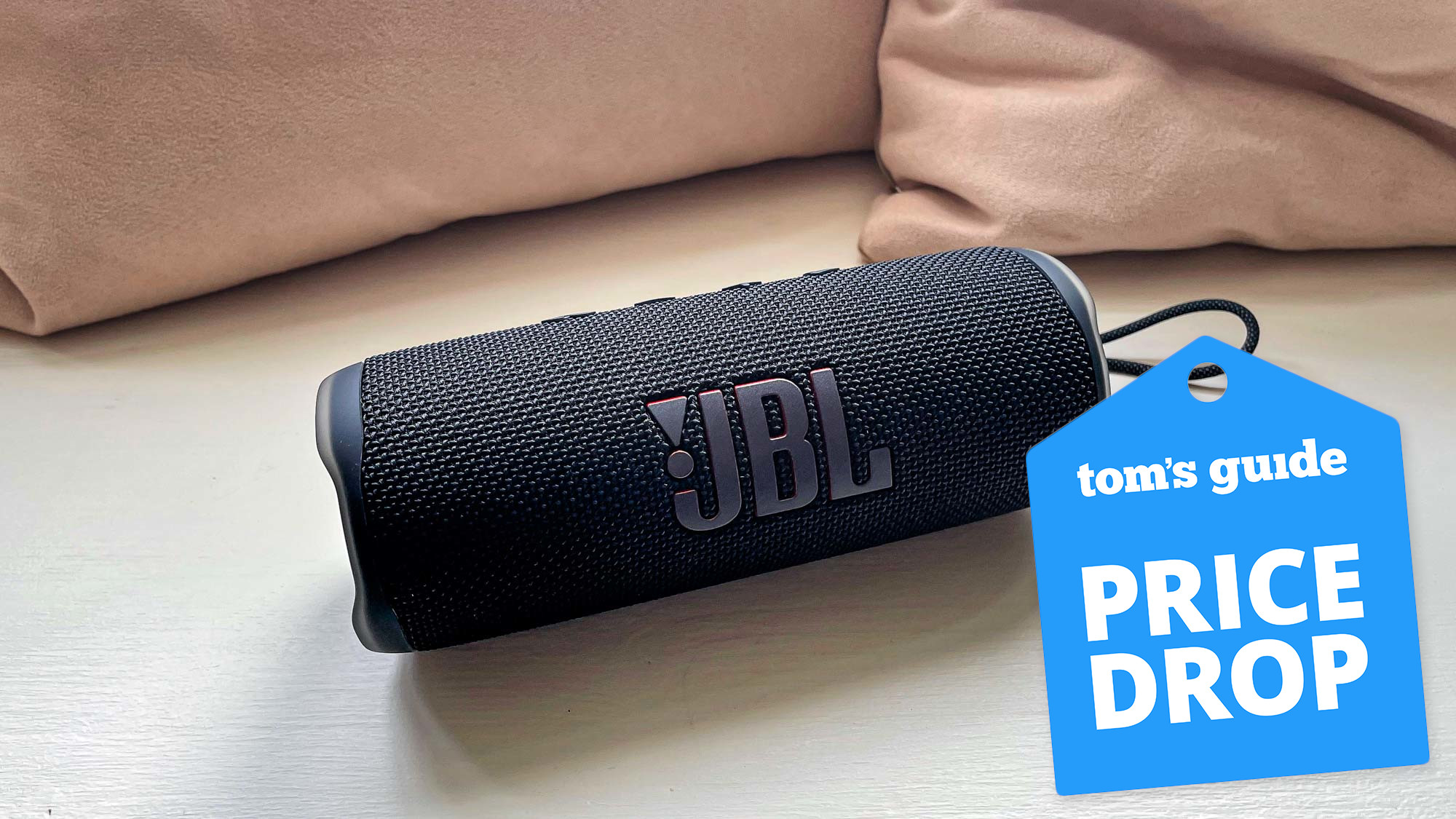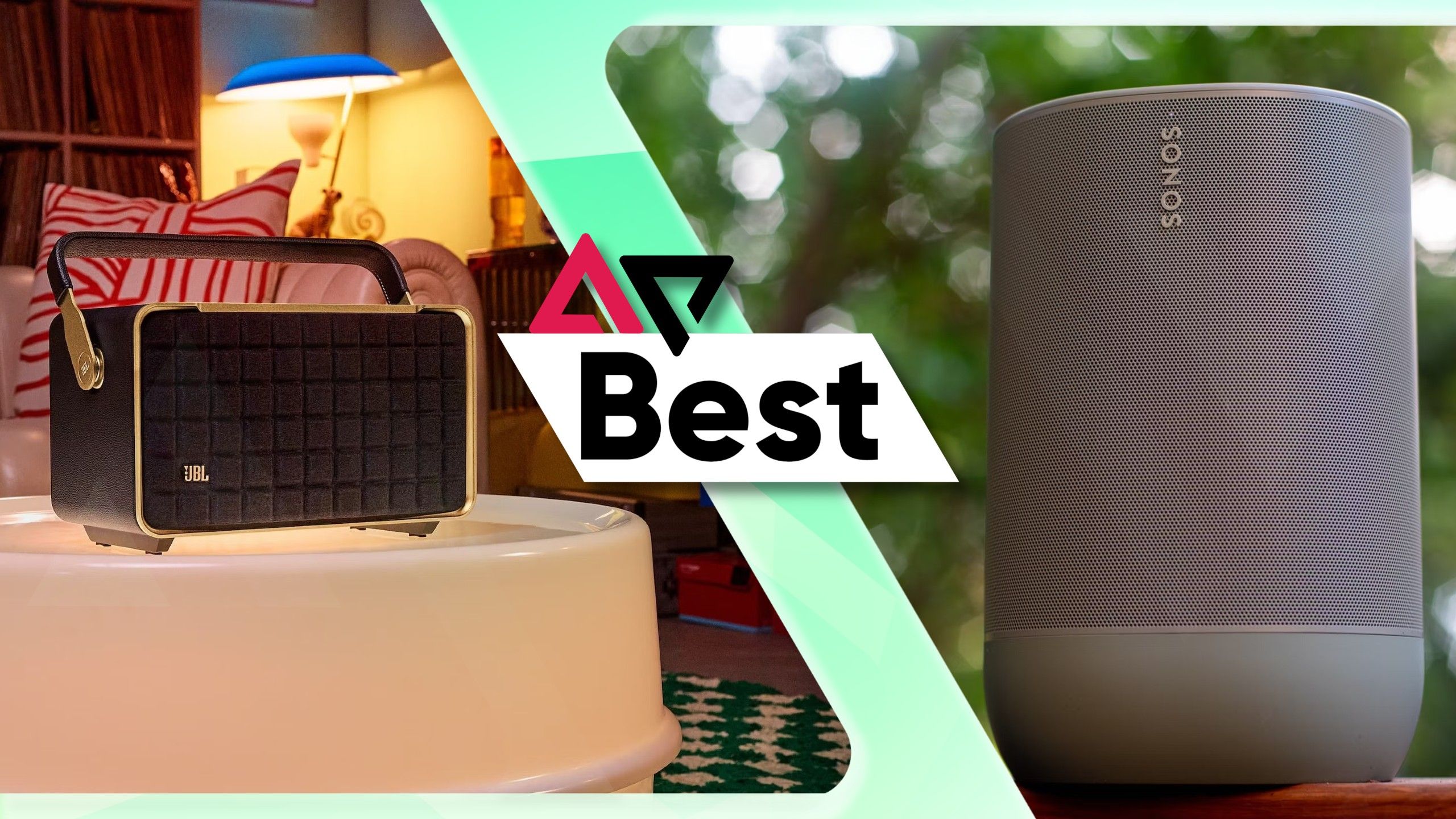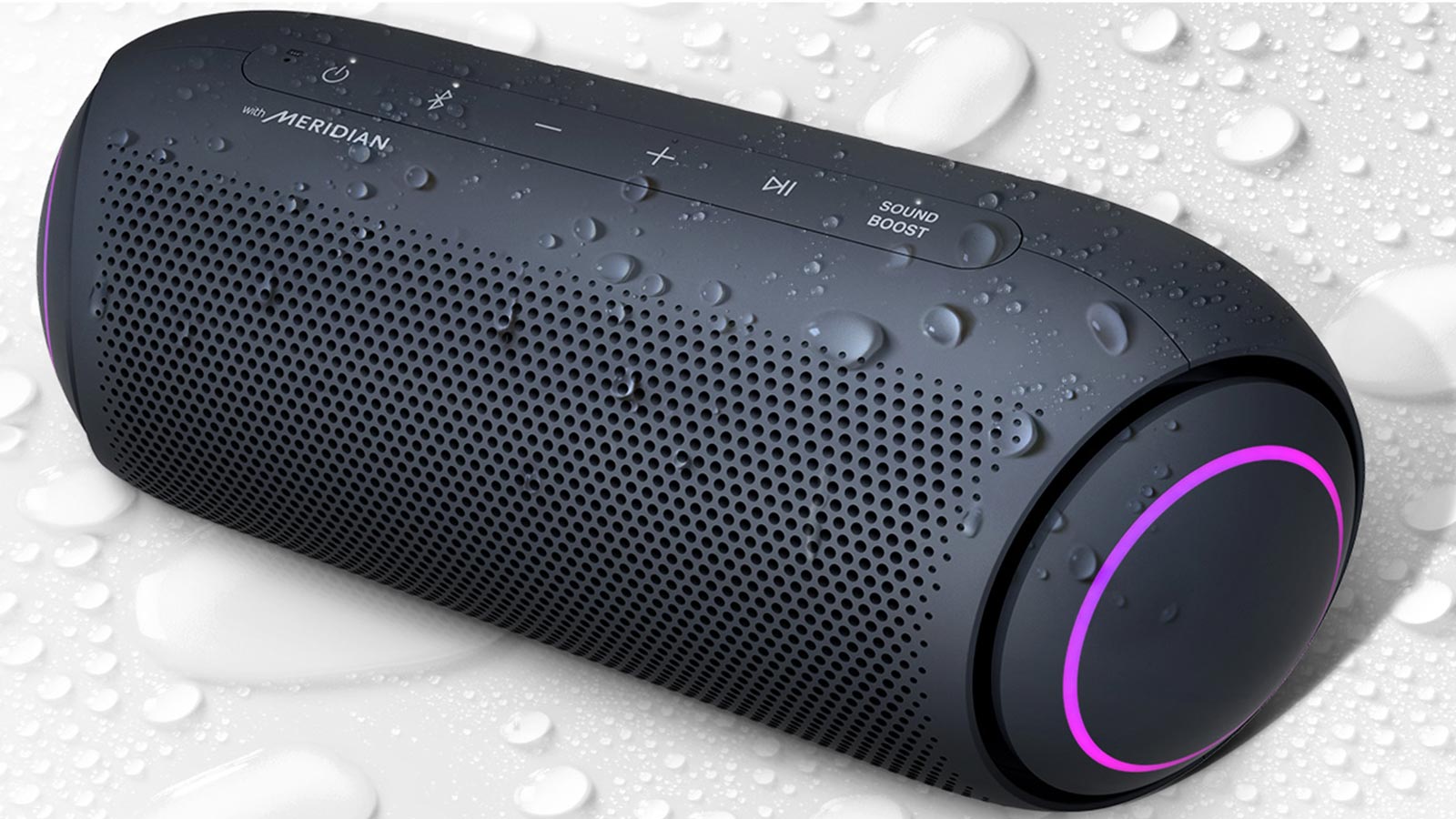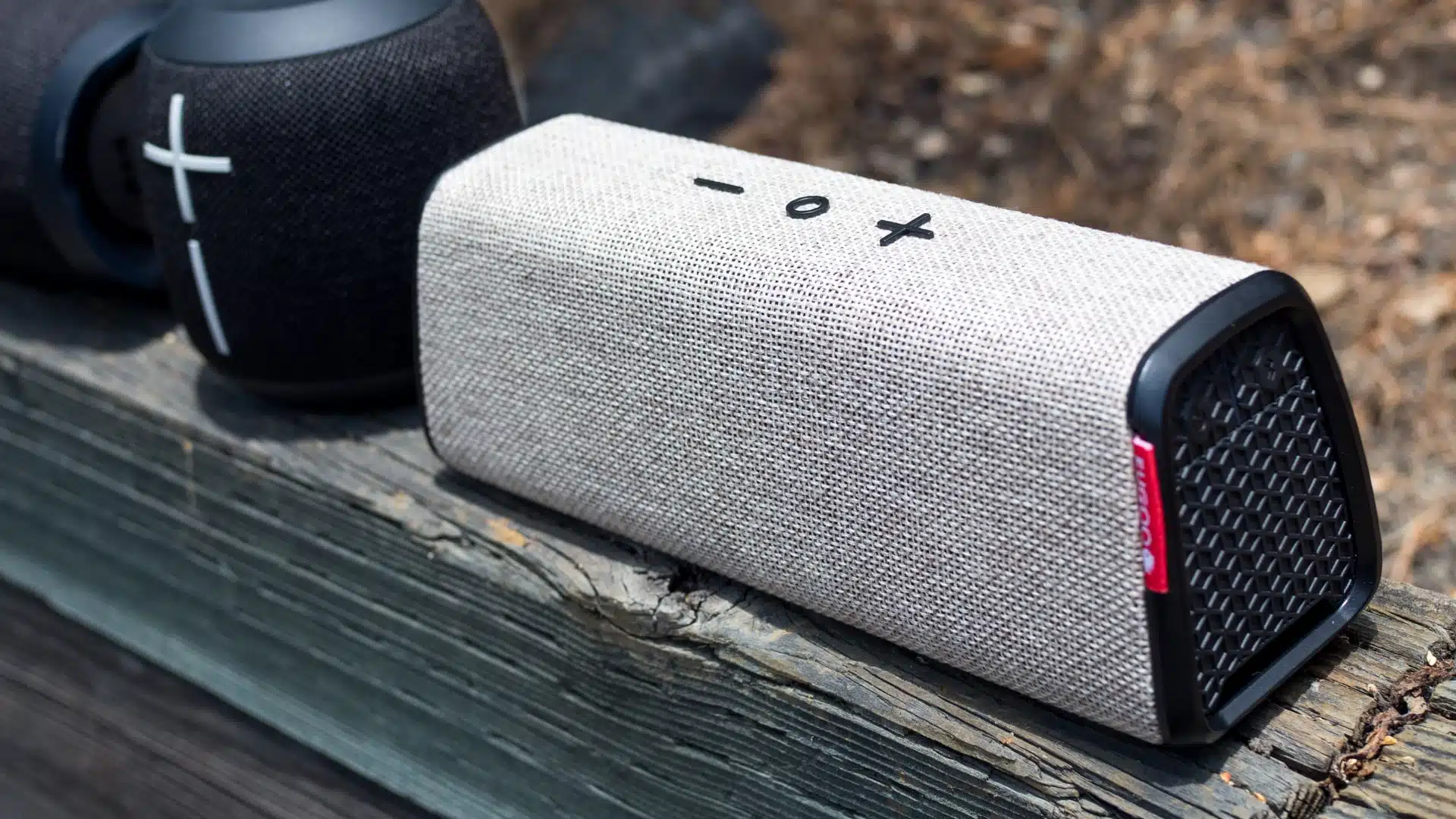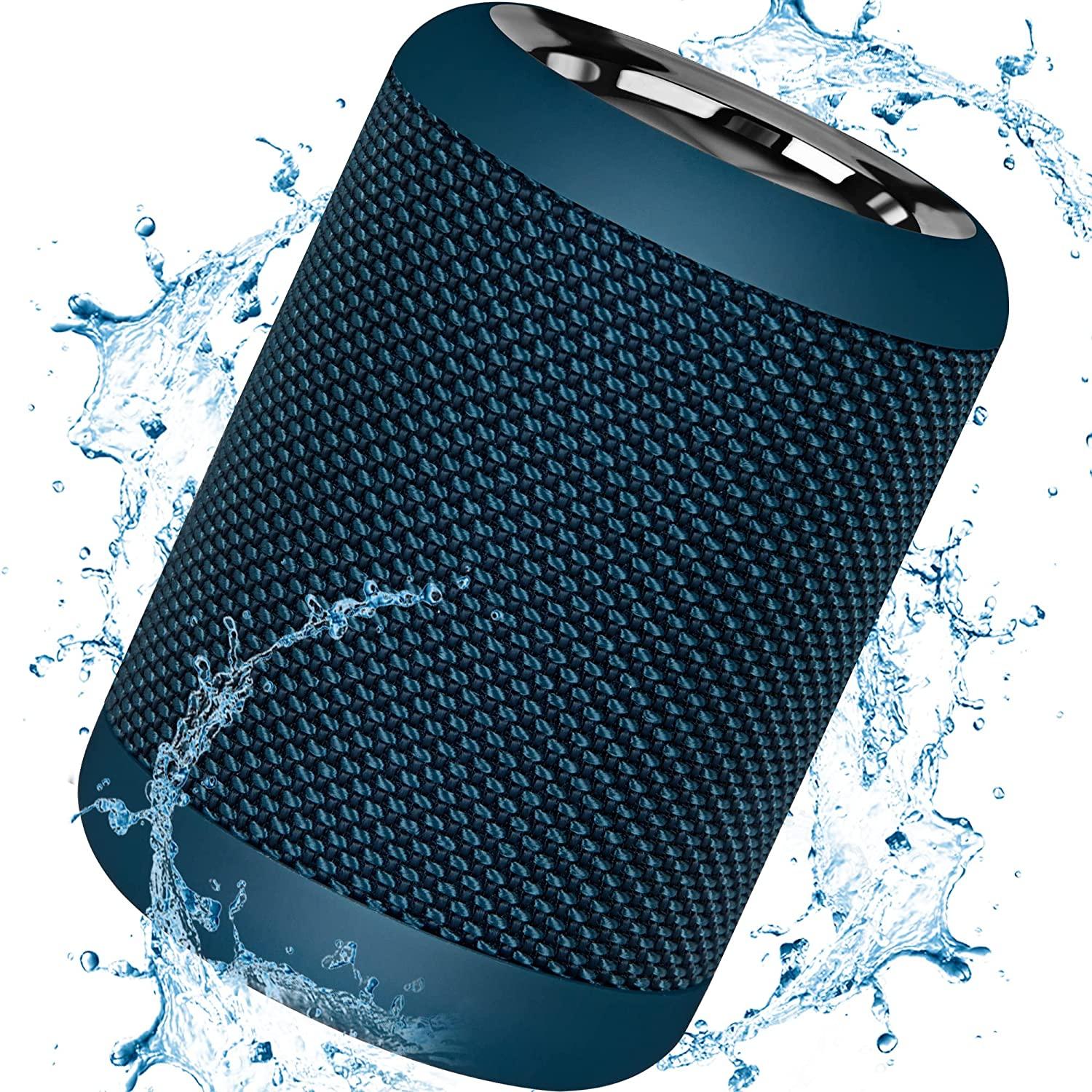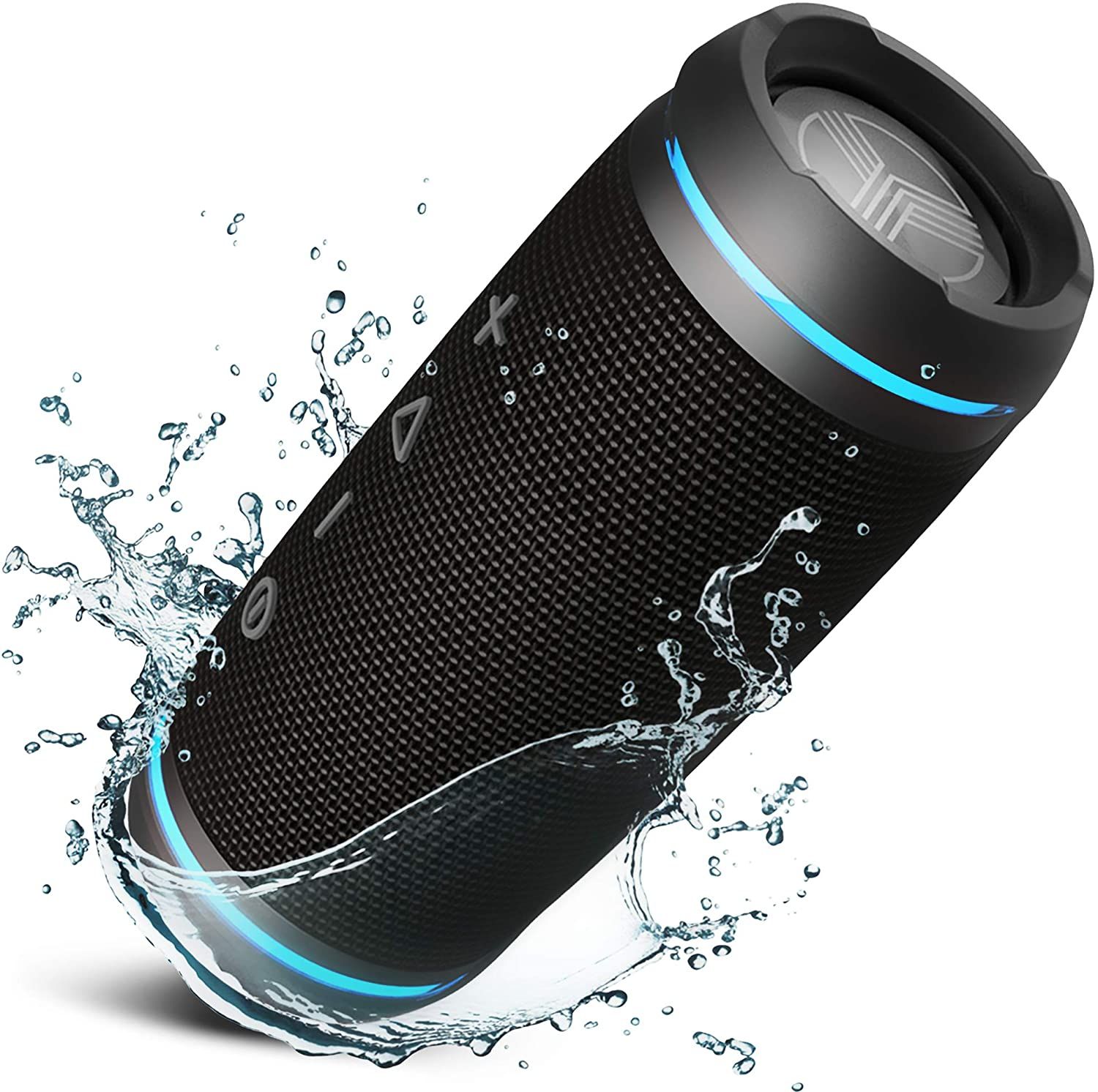Best Least Expensive Bluetooth Speakers
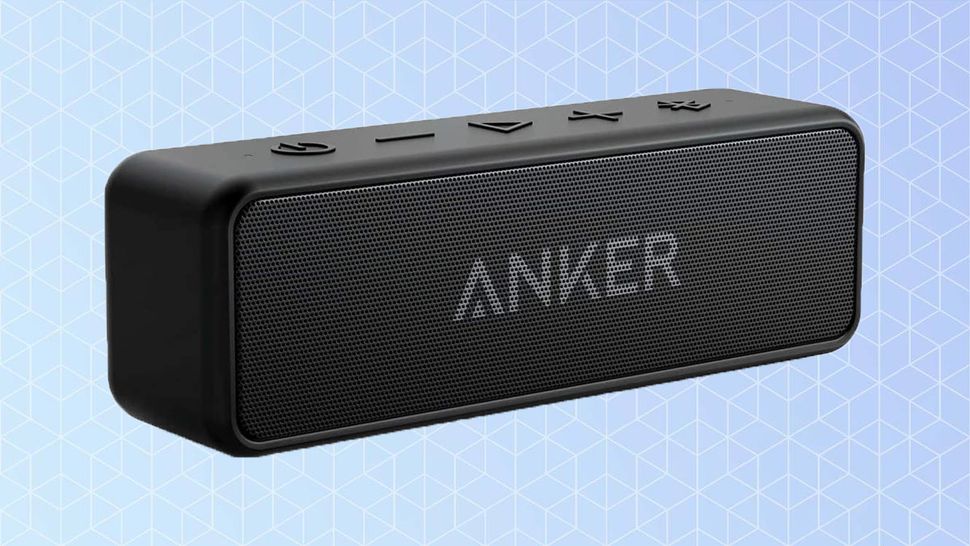
So, you want to ditch those tinny phone speakers and crank up the tunes without breaking the bank? You've come to the right place. This guide is for first-time buyers looking for the best least expensive Bluetooth speakers – we're talking serious sound on a shoestring budget.
Why bother with a Bluetooth speaker at all? Because music, podcasts, and audiobooks deserve better than the anemic sound that comes from most phones and laptops. A decent Bluetooth speaker offers richer sound, greater portability, and often, surprising durability.
Top 5 Budget Bluetooth Speakers: A Head-to-Head Comparison
Here's a quick overview of five popular contenders in the budget-friendly Bluetooth speaker arena:
| Model | Price (USD) | Battery Life (Hours) | Water Resistance | Warranty |
|---|---|---|---|---|
| Anker Soundcore 2 | $30 | 24 | IPX7 | 18 months |
| Tribit XSound Go | $35 | 24 | IPX7 | 18 months |
| OontZ Angle 3 Ultra | $30 | 20 | IPX5 | 1 year |
| JBL GO 3 | $40 | 5 | IP67 | 1 year |
| Sony SRS-XB13 | $45 | 16 | IP67 | 1 year |
Detailed Reviews: Deep Dive into the Sound
Anker Soundcore 2: The Long-Lasting Champion
The Anker Soundcore 2 is a workhorse. Its standout feature is its impressive 24-hour battery life, making it perfect for extended listening sessions. While its sound profile is relatively balanced, it might lack some punch in the bass department for some users.
Tribit XSound Go: Bass on a Budget
The Tribit XSound Go punches above its weight class with surprisingly robust bass. Like the Soundcore 2, it boasts 24-hour battery life and solid water resistance. This speaker is a great all-around choice for those who enjoy a bit more low-end in their music.
OontZ Angle 3 Ultra: Loud and Proud
If volume is your priority, the OontZ Angle 3 Ultra delivers. While it might not have the refined sound of some competitors, it gets remarkably loud for its size and price. It's a good option for outdoor gatherings where you need to fill a larger space with sound.
JBL GO 3: Pocket-Sized Powerhouse
Don't let its diminutive size fool you; the JBL GO 3 packs a decent punch. Its biggest drawback is its relatively short 5-hour battery life. However, its compact design and IP67 rating (dustproof and waterproof) make it incredibly portable and durable.
Sony SRS-XB13: Extra Bass, Extra Fun
The Sony SRS-XB13 emphasizes bass, making it a fun option for pop, hip-hop, and electronic music. Its IP67 rating and included strap enhance its portability. Keep in mind that its bass-heavy sound might not be ideal for all genres.
Used vs. New: Is a Discount Worth the Risk?
Buying used can save you money, but it also comes with potential downsides. A used speaker might have reduced battery life, cosmetic damage, or even hidden internal issues. Conversely, a new speaker guarantees optimal performance and comes with a warranty.
Pros of buying used: Lower price, environmentally friendly. Cons of buying used: Potential for hidden issues, no warranty (usually), shorter lifespan.
If you choose to buy used, thoroughly inspect the speaker and test all its functions before committing. Ask about its history and any known issues.
Reliability Ratings by Brand
While individual models can vary, some brands have a better reputation for reliability than others. Generally, Anker and JBL are known for producing durable and long-lasting products.
Sony also boasts a strong track record, particularly in audio. Lower-priced brands may have higher failure rates, so reading customer reviews is crucial.
Checklist: 5 Must-Check Features Before Buying
- Sound Quality: Does it sound good to your ears? Consider the types of music you listen to most.
- Battery Life: How long do you need it to last on a single charge?
- Water Resistance: Important for outdoor use or near water. Look for IPX or IP ratings.
- Portability: Is it small and light enough to carry easily?
- Connectivity: Does it connect easily to your devices? Consider Bluetooth version and range.
Key Takeaways: Making the Right Choice
Choosing the best least expensive Bluetooth speaker involves balancing price, features, and your individual needs. Battery life, sound quality, and durability are critical factors to consider. Reading reviews and comparing specifications can help you narrow down your options.
Don't be afraid to prioritize one feature over another based on your usage habits. If you primarily listen to music at home, portability might be less important than sound quality.
Remember to weigh the pros and cons of buying used versus new. While a used speaker can save you money, a new one offers peace of mind and a warranty.
Ready to Upgrade Your Sound?
Now that you're armed with this information, it's time to start shopping! Head over to your favorite online retailer or electronics store and explore the options. Compare prices, read reviews, and most importantly, listen to the speakers yourself if possible.
Happy listening!

